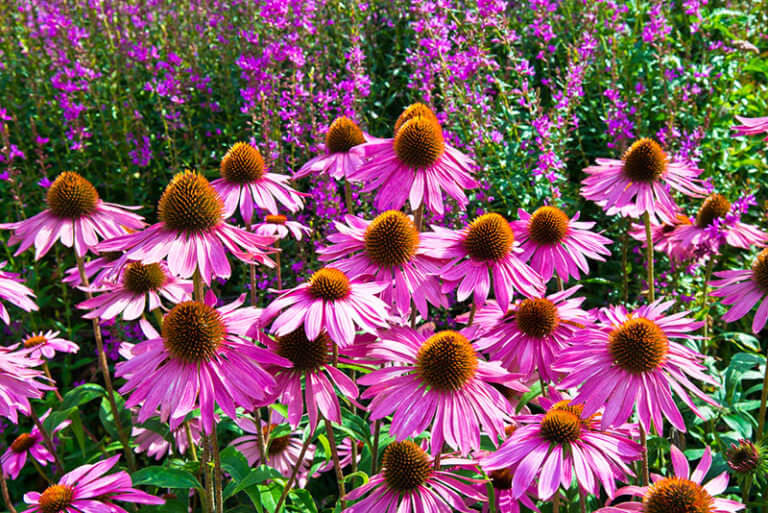When you learn how to grow medicinal herbs at home, you take health into your own hands. Fresh herbs support your body naturally and add beauty to your space. From balcony containers to backyard beds, you grow your own healing garden full of natural medicine. This guide teaches you to choose, plant, and care for medicinal plants using simple methods that work even for beginners.

Why Grow Your Own Medicinal Herbs
Growing your own medicinal herbs gives you instant access to natural healing. Fresh herbs hold more nutrients and active compounds than store-bought ones. You save money, avoid preservatives, and ensure purity. A home herbal garden brings joy, therapy, and independence. You use herbs for teas, salves, tinctures, and natural skincare. Plus, tending your plants connects you deeply with nature’s rhythm and your own wellness.
Best Location and Soil for Herbal Plants
Most medicinal herbs love sunlight and well-drained soil. Choose a spot that gets at least 6 hours of direct sun daily. If you grow indoors, place pots near south-facing windows or use grow lights. Use loamy soil with compost to feed roots gently. Avoid synthetic fertilizers—they can weaken the herb’s healing properties. Raised beds, fabric grow bags, or clay pots help roots breathe. For small spaces, vertical planters work well. Good air flow and proper watering protect your herbs from disease.
Top Medicinal Herbs to Start With
These beginner-friendly healing herbs thrive in most climates:
- Chamomile: promotes sleep and soothes digestion
- Peppermint: eases headaches and supports gut health
- Calendula: heals skin and reduces inflammation
- Lemon balm: calms stress and boosts mood
- Thyme: fights infections and supports immunity
- Sage: sharpens memory and soothes sore throats
- Holy basil (Tulsi): balances stress hormones
Plant from seeds or starter plants. Use companion planting to improve growth. Each herb offers multiple uses—dry them for teas, infuse in oils, or make balms and tinctures from your harvest.
How to Plant and Care for Herbal Remedies
Plant seeds in seed trays or pots 6–8 weeks before your last frost. Keep soil moist but not soggy. Transplant seedlings once roots establish. Water herbs early in the day. Use mulch to hold moisture and reduce weeds. Pinch off flowers to prolong leaf growth. For perennials like lavender and echinacea, give space to spread. Prune herbs like oregano and mint regularly to prevent overgrowth. Add natural compost every few weeks. Keep a garden journal to track what works in your local climate.

Harvesting and Drying Medicinal Herbs
Harvest herbs just before they bloom—this is when essential oils peak. Cut in the morning after dew dries. Use clean shears to snip the top third of the plant. Tie stems in small bundles and hang them in a dark, dry place. Or use a dehydrator for faster results. Store dried herbs in glass jars out of sunlight. Label with name and date. Use them within a year for best potency. Dried herbs become the base for teas, natural remedies, and homemade infusions.
Common Mistakes to Avoid in Herb Gardening
Avoid overwatering—many medicinal plants prefer slightly dry soil. Don’t overcrowd herbs; airflow prevents disease. Skip synthetic pesticides—they reduce healing quality. Label plants clearly, especially if growing multiple similar-looking species. Rotate herb locations each season to refresh soil. Don’t harvest too soon—let roots and leaves strengthen first. Be patient. Herbs teach you to slow down and grow with intention.
Final Thoughts: Grow Healing with Your Hands
Learning how to grow medicinal herbs at home gives you power over your health and peace in your mind. You step into an ancient tradition of plant-based healing with each seed. As your garden grows, so does your connection to nature and your body. One pot of chamomile or patch of thyme can shift how you care for yourself. Start today—your wellness garden is waiting.
